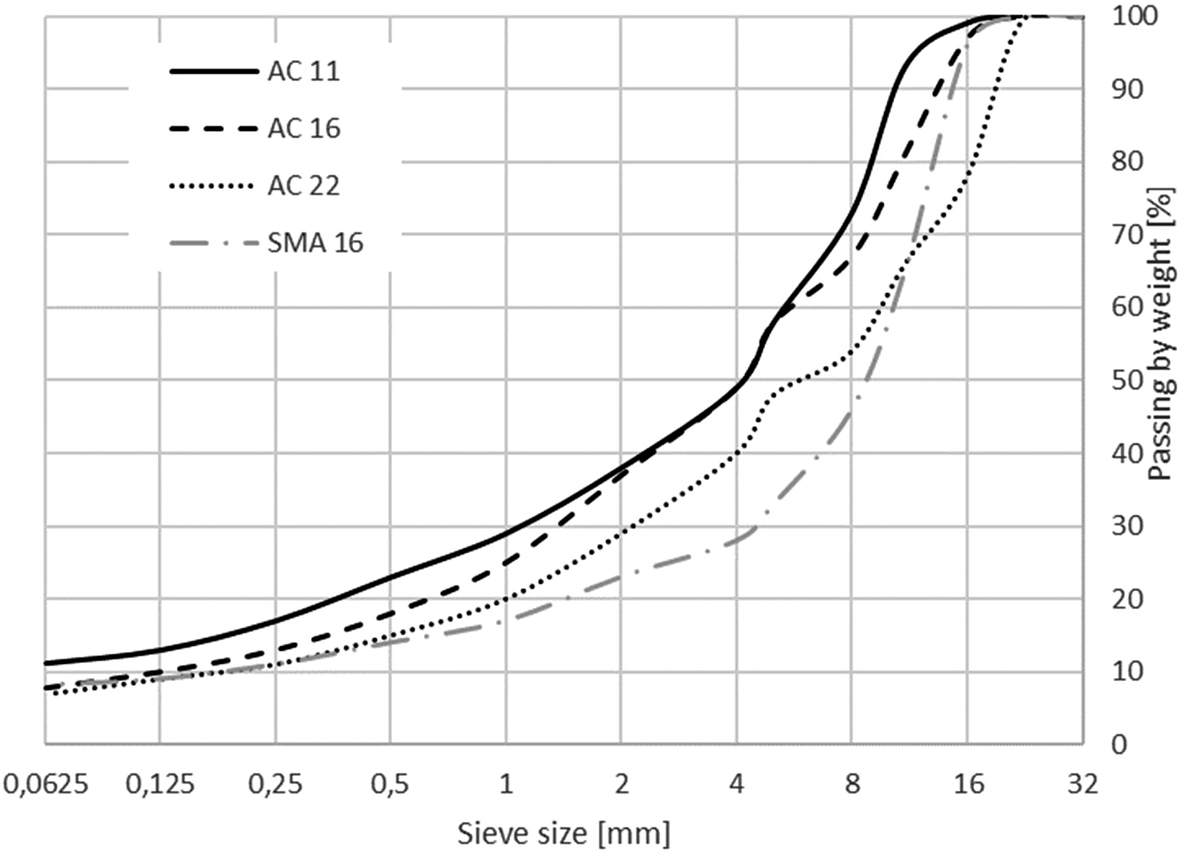Asphalt pavement structure optimization with alternative materials
1
Civil and Environmental Engineering, Gdansk University of Technology, Poland
2
Foundation for the Development of Transport Infrastructure Services (FRUIT), Poland
3
Research, Development and Innovation Department, ORLEN Asfalt, Poland
Submission date: 2023-08-30
Acceptance date: 2023-11-07
Publication date: 2024-09-29
Corresponding author
Przemysław Ostrowski
Civil and Environmental Engineering, Gdansk University of Technology, Narutowicza 11/12, 80-233, Gdansk, Poland
Civil and Environmental Engineering, Gdansk University of Technology, Narutowicza 11/12, 80-233, Gdansk, Poland
Archives of Civil Engineering 2024;70(3):191-203
KEYWORDS
TOPICS
ABSTRACT
The paper briefly describes modern method assessment of the pavement structure based on the simplified viscoelastic continuum damage (S-VECD) model. The method was used to compare two types of pavement structures. There were analysed classical cstructures with asphalt concretes with neat bitumen and innovative one- or two layered structures with SMA 16 with highly polymer modified bitumen (HiMA). Pavement structures using SMA 16 are especially recommended for local roads, thus two traffic categories were analysed – light and medium. Furthermore, due to specific properties of layers with HiMA, for each variant two different types of improved sub-base were checked. The examples presented, despite reduced thickness of asphalt layers, structures with SMA 16 HiMA are much more resistant to fatigue than classic structures with asphalt concretes with neat bitumen. The results of the research confirm that it is possible to develop innovative structures with materials with above standard properties. New materials both with new arrangement of layers can bring a lot of advantages especially in the areas of sustainable development, costs reducing and improving properties of asphalt pavements
We process personal data collected when visiting the website. The function of obtaining information about users and their behavior is carried out by voluntarily entered information in forms and saving cookies in end devices. Data, including cookies, are used to provide services, improve the user experience and to analyze the traffic in accordance with the Privacy policy. Data are also collected and processed by Google Analytics tool (more).
You can change cookies settings in your browser. Restricted use of cookies in the browser configuration may affect some functionalities of the website.
You can change cookies settings in your browser. Restricted use of cookies in the browser configuration may affect some functionalities of the website.




